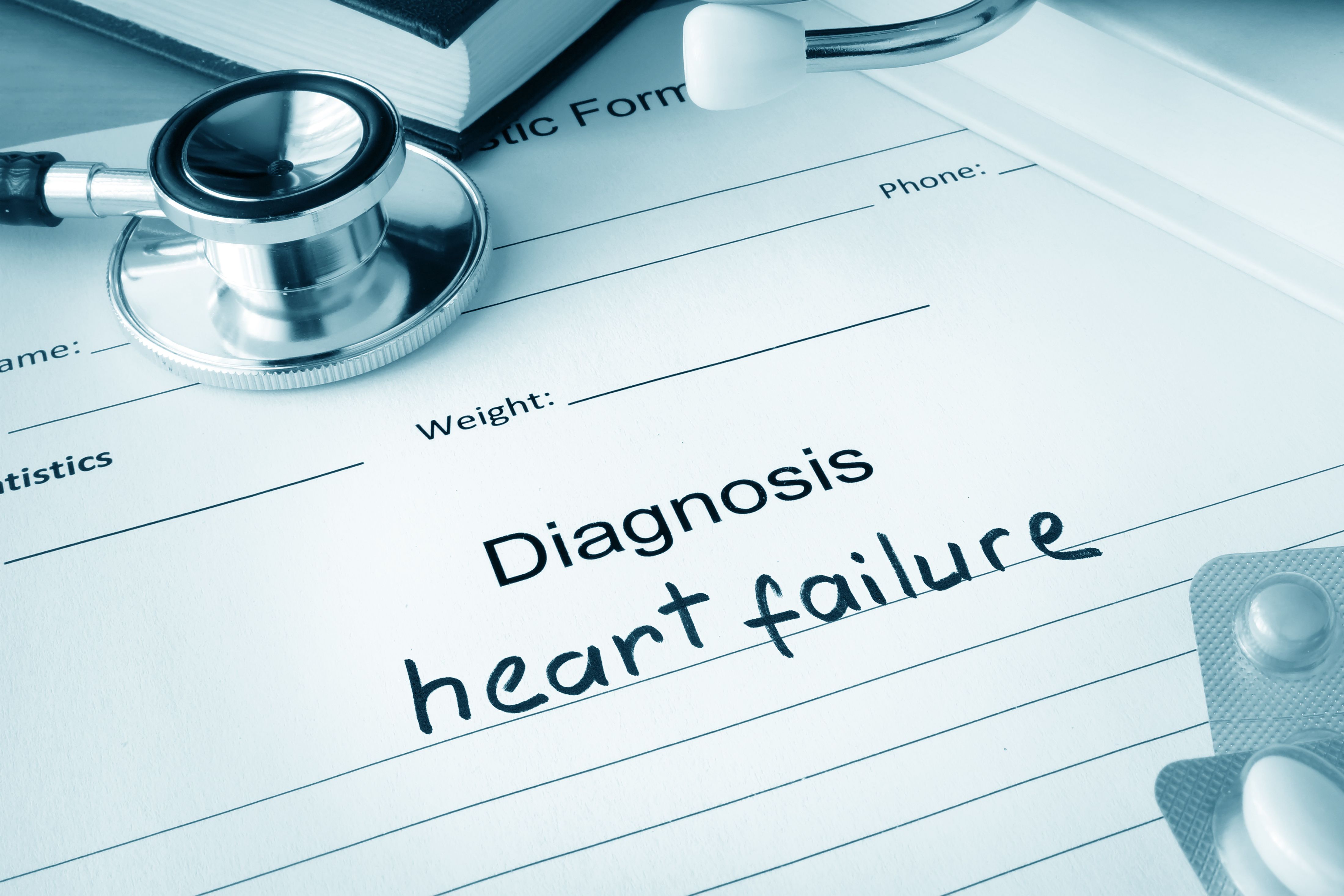Article
A Review of the Causes of Secondary Hypertension
Author(s):
Dr. Pullen discusses the diagnosis of various forms of hypertension, the most common chronic health problem seen by many family physicians.
This article originally appeared online at DrPullen.com, part of the HCPLive network.
As a family physician essential hypertension is the most common chronic health problem seen in the office. Most patients with hypertension have essential hypertension, meaning they just have high blood pressure without another underlying identifiable medical problem causing the hypertension. It’s estimated that 5-10% of adults with hypertension have secondary hypertension. This means that they have a medical condition that is causing their blood pressure to be high. In catching up with my AFP reading I found a very good review article in the Dec. 15, 2010 issue by Viera and Neutze titled, “Diagnosis of Secondary Hypertension: An Age-Based Approach.”
About one third of US adults have hypertension. If the above stats are correct then about 1.6-3.2% of adult Americans have secondary hypertension. The trick is to figure out who these patients are, make their diagnosis and make appropriate interventions to treat their underlying cause of hypertension. That’s no small task. The authors suggest taking an age related approach to index of suspicion and evaluation. This is nothing new, but I did learn a few things that I want to share.
In children under age 12 with hypertension it’s estimated that over half, maybe up to 85% of hypertension is from a secondary cause. Therefore all children with hypertension need a careful evaluation for underlying causes. By far the most common underlying cause in children is renal parenchymal disease, often caused by glomerulonephritis, congenital problems, and vesicoureteral reflux. In children and very young adults evaluation for these problems should consist of a BUN, creatinine, urine analysis and culture, and renal imaging with ultrasonography. The other common cause to consider is coarctation of the aorta, usually able to be diagnosed in children if it is considered by transthoracic ultrasonography in combination with physical findings of hypertension and usually a systolic murmur. In adults a chest x-ray can show classic findings and often an MRI is used to confirm the diagnosis.
In young adults with hypertension, only about 5% of hypertension is secondary hypertension. Especially in women, renal artery stenosis from fibromuscular dysplasia is the most common cause of secondary hypertension. Sometimes a high-pitched holosystolic renal artery bruit can be heard. Diagnosis is usually made with an MRI with gadolinium contrast or with CT angiography.
In adults age 40-64 about 10% of patients have secondary hypertension. I was surprised to learn that this is the most common cause of secondary hypertension in this age group, being the cause of up to 6% of hypertension. I also was surprised to learn that only 30% of patients with hyperaldosteronism can be found by lab screening of potassium prior to treatment (low in primary hyperaldosteronism). The best initial screening test is an aldosterone/renin ratio done in the upright position at least 2 hours after waking. A ratio of above 20 (aldosterone in ng/dl and renin in ng/ml) along with an aldosterone level above 15 ng/dl is suggestive of hyperaldosteronism, and needs endocrinologic confirmation with one of the salt suppression tests.
Sleep apnea needs to be considered in all age groups with hypertension, especially refractory hypertension, as does alcoholism and illicit drug use.
The secondary cause of hypertension physicians seem to have the highest index of suspicion for, pheochromocytoma, is relatively rare, causing only about 1/200 cases of secondary hypertension, or about one in 2-4000 cases of hypertension.
When hypertension starts after age 65, the chances of secondary hypertension again go up to about 17%, most caused by renal artery stenosis from atherosclerosis. Clues to look for this are known atherosclerosis elsewhere, age over 50, rapid deterioration of renal function as measured by a rise of >0.5 in serum creatinine after starting an ACE or ARB drug, or unexplained renal insufficiency.
The other common cause of secondary hypertension in older adults is renal insufficiency from any of many causes.
So in summary things I learned or relearned from this nice review are:
- In kids who are less than 12 years old, most hypertension is secondary and from renal parenchymal disease
- In middle age adults, screen for hyperaldosteronism with a aldosterone/renin ratio
- In older adults, think about renal artery stenosis from atherosclerosis
- Always consider sleep apnea if hypertension is tough to control
Let’s all bear down and do better with hypertension. As a nation we do very poorly, with up to 30% of hypertensive patients undiagnosed and over 50% sub-optimally controlled.
Ed Pullen, MD, is a board-certified family physician practicing in Puyallup, WA. He blogs at DrPullen.com — A Medical Bog for the Informed Patient.





